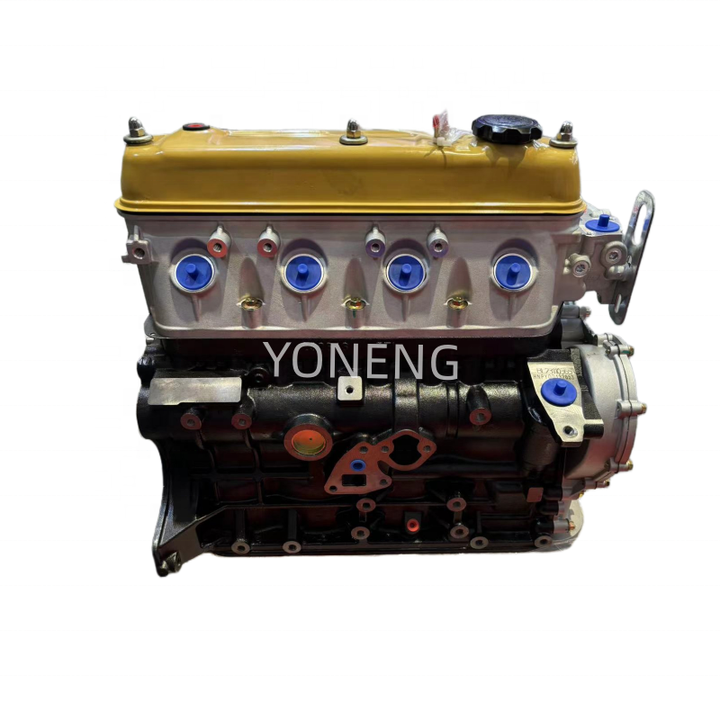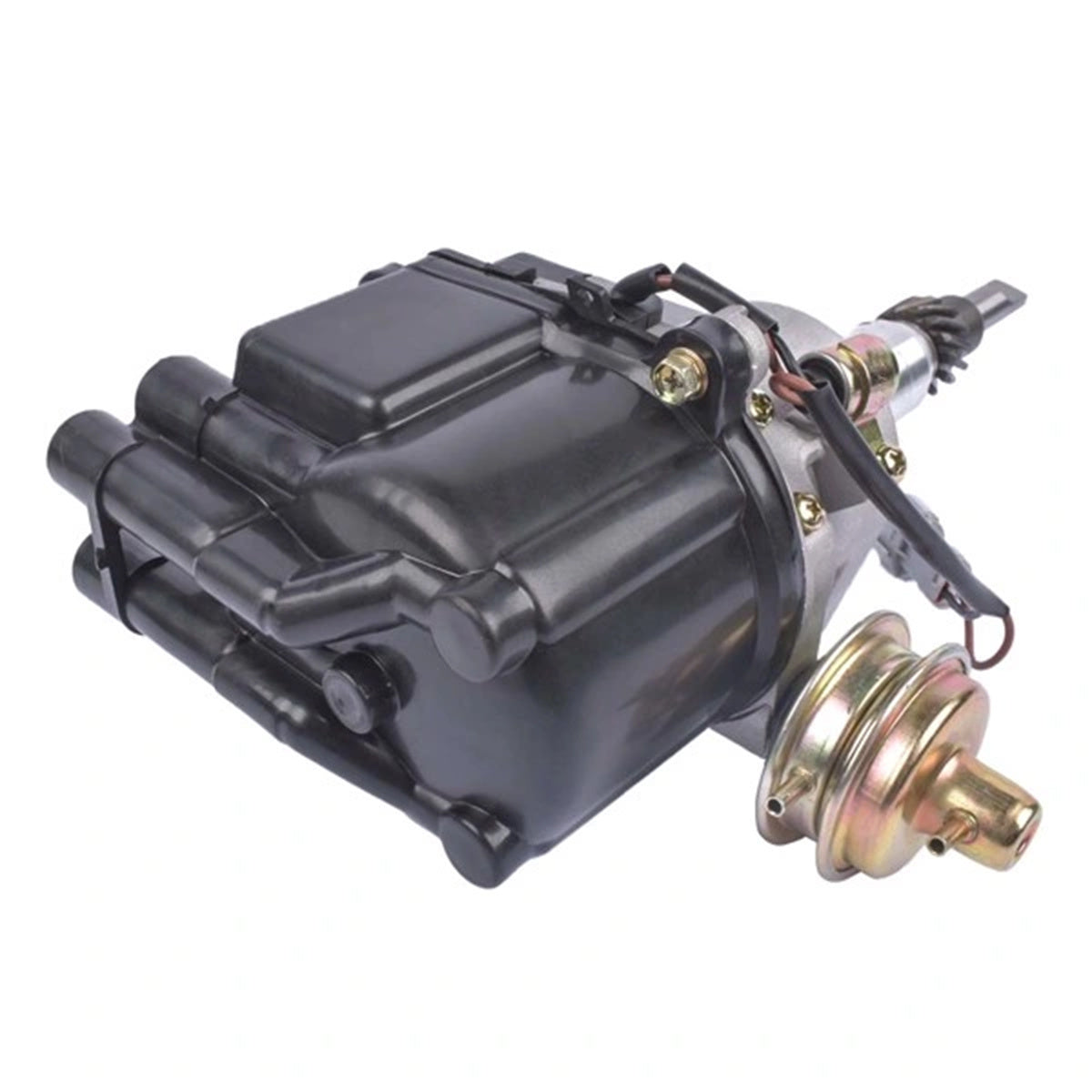Discovering the Numerous Types of Engine: Which One Fits Your Demands?
Internal combustion engines continue to dominate due to their integrity, while electrical engines are getting grip for their sustainability. Crossbreed engines use a versatile compromise, and diesel engines stand out for their power in requiring applications.

Inner Burning Engines
Interior burning engines (ICEs) are the foundation of contemporary transport, powering a large variety of lorries from autos to planes. These engines operate the concept of transforming gas into power with a series of regulated explosions within a combustion chamber. The most usual kinds of ICEs include fuel engines, diesel motor, and rotary engines, each developed to satisfy particular performance and efficiency requirements.
Gasoline engines usually use stimulate ignition, while diesel motor count on compression ignition, resulting in distinctive differences in fuel performance and power output (4y engine). Rotary engines, or Wankel engines, provide a compact style and smooth procedure, however are less generally utilized in mainstream applications
ICEs have actually undertaken considerable advancements in innovation, including the intro of turbocharging and gas shot systems, which enhance total effectiveness and performance. Regardless of their performance renovations, ICEs encounter enhancing scrutiny due to their ecological effect, particularly pertaining to greenhouse gas exhausts.
Electric Engines
As problems about environmental sustainability and nonrenewable fuel source dependence grow, electric engines have become a compelling option to internal burning engines. These engines use electric motors powered by batteries or fuel cells, offering a cleaner and much more effective motive powers.
Among the primary advantages of electric engines is their decreased exhausts. Unlike typical engines that shed fossil fuels, electric engines create no tailpipe emissions, significantly decreasing air contamination and adding to boosted public health and wellness. In addition, the effectiveness of electric motors usually goes beyond that of inner combustion engines, converting a better proportion of energy from the power resource right into usable energy for movement.
Electric engines are additionally notable for their silent procedure, making them excellent for urban environments. 4y engine. The simpleness of their layout results in fewer moving components, which can lead to reduced upkeep expenses and enhanced reliability gradually
However, challenges stay, including battery manufacturing effects, charging facilities, and variety constraints. Regardless of these hurdles, the expanding investment in electrical vehicle innovation and sustainable energy sources factors toward a promising future for electrical engines, placed to play an important duty in the change towards lasting transportation.
Hybrid Engines
Blending the benefits of both electrical and standard internal burning engines, hybrid engines represent a functional service in the mission for reliable and lasting transportation. These engines incorporate a gas or diesel engine with an electric motor, permitting for enhanced gas effectiveness and lowered discharges compared to standard vehicles.
Hybrid engines run in numerous modes, making use of the electric motor for low-speed driving and the inner combustion engine for higher speeds or when more power is needed. This vibrant operation not just boosts gas economic situation however additionally adds to a smoother driving experience. Regenerative stopping is an additional essential function, capturing energy commonly Check This Out shed throughout stopping and rerouting it to charge the battery.

As consumers progressively focus on eco-friendliness, hybrid engines stick out as a practical choice, providing a reliable equilibrium of performance, efficiency, and ecological duty. This flexibility makes them ideal for city commuting and long-distance travel alike.
Diesel Motor
Performance and power are characteristics of diesel motor, which have long been preferred for their effectiveness and fuel economic climate. These engines operate on the principle of compression ignition, where air is compressed to a heat prior to fuel is injected, sparking it without the need for spark plugs. This procedure makes it possible for diesel engines to accomplish higher thermal efficiency compared to fuel engines, equating right into far better gas gas mileage and reduced carbon dioxide discharges.
Diesel motor are specifically appropriate for heavy-duty applications such as vehicles, buses, and industrial equipment, where torque and resilience are paramount. Their style commonly includes stronger parts to stand up to more information the higher stress created throughout operation, leading to longer life span and reduced upkeep costs.

Alternate Gas Engines
While diesel motor have lengthy dominated the landscape of durable power sources, alternative fuel engines are getting grip as viable options for a more sustainable future. These engines make use of a selection of gas, such as compressed all-natural gas (CNG), hydrogen, lp, and ethanol, intending to minimize greenhouse gas exhausts and dependence on nonrenewable fuel sources.
One substantial benefit of alternative fuel engines is their potential to reduced carbon footprints. As an example, CNG engines emit less toxins contrasted to standard diesel engines, making them ideal for city transit systems and fleets looking for to enhance air top quality. Ethanol, obtained from biomass, not just decreases discharges however additionally supports farming economic situations.
Hydrogen fuel cells stand for a cutting-edge development in this world, providing zero-emission power via a chemical response between hydrogen and oxygen. Challenges such as facilities development and manufacturing costs remain challenges to widespread adoption.
Conclusion
Internal burning engines offer dependability, my explanation while electrical engines prioritize sustainability and lowered upkeep. Crossbreed engines integrate the advantages of both, boosting efficiency, whereas diesel engines give exceptional power and torque for heavy-duty applications.
Hybrid engines use a versatile compromise, and diesel engines stand out for their power in requiring applications. The most typical kinds of ICEs consist of fuel engines, diesel engines, and rotating engines, each developed to satisfy particular performance and efficiency needs.
Unlike traditional engines that burn fossil fuels, electrical engines generate absolutely no tailpipe discharges, significantly decreasing air pollution and contributing to improved public health.Crossbreed engines operate in numerous modes, utilizing the electrical motor for low-speed driving and the interior burning engine for higher speeds or when more power is needed. Crossbreed engines integrate the benefits of both, boosting effectiveness, whereas diesel engines supply remarkable power and torque for sturdy applications.